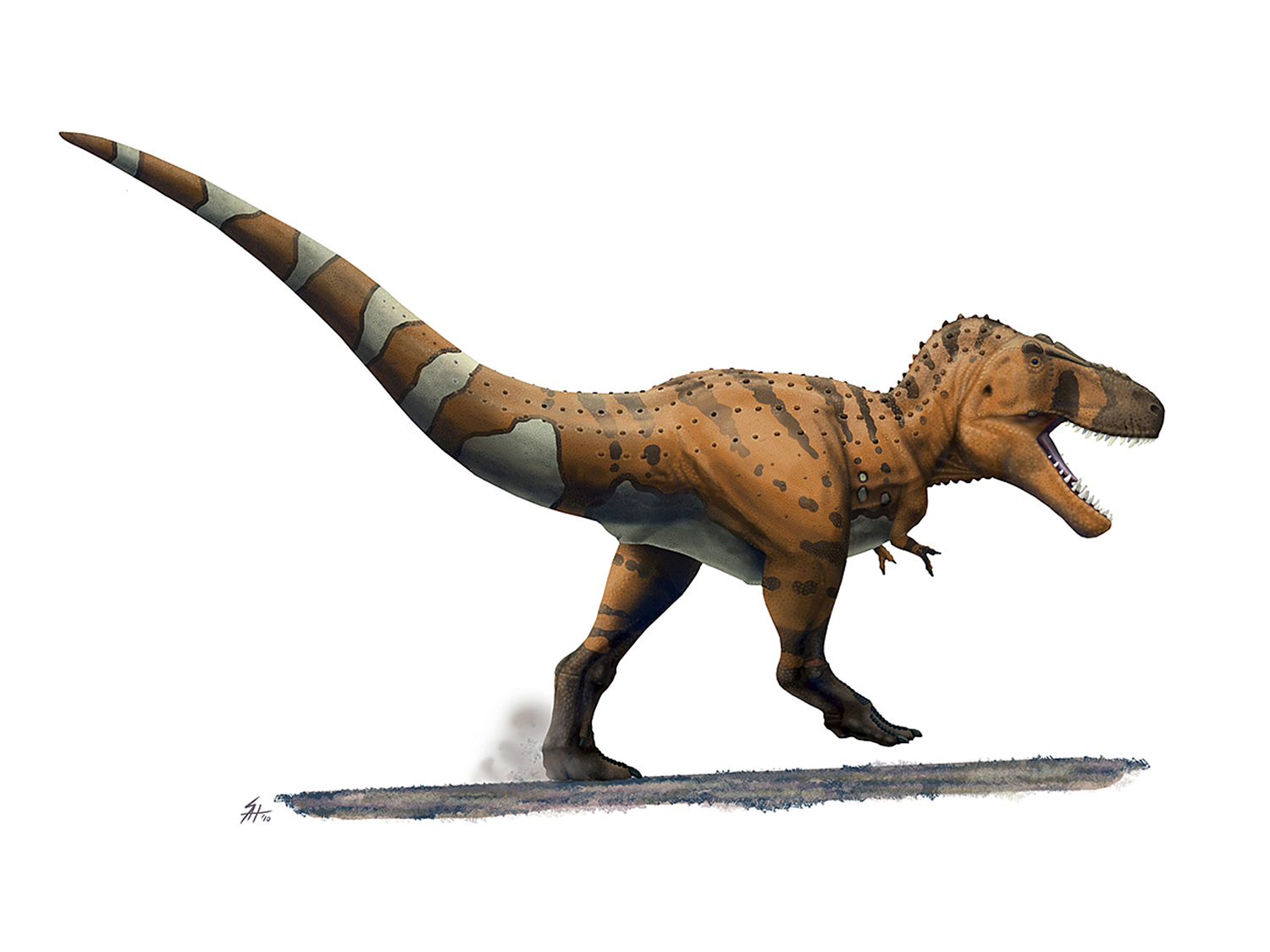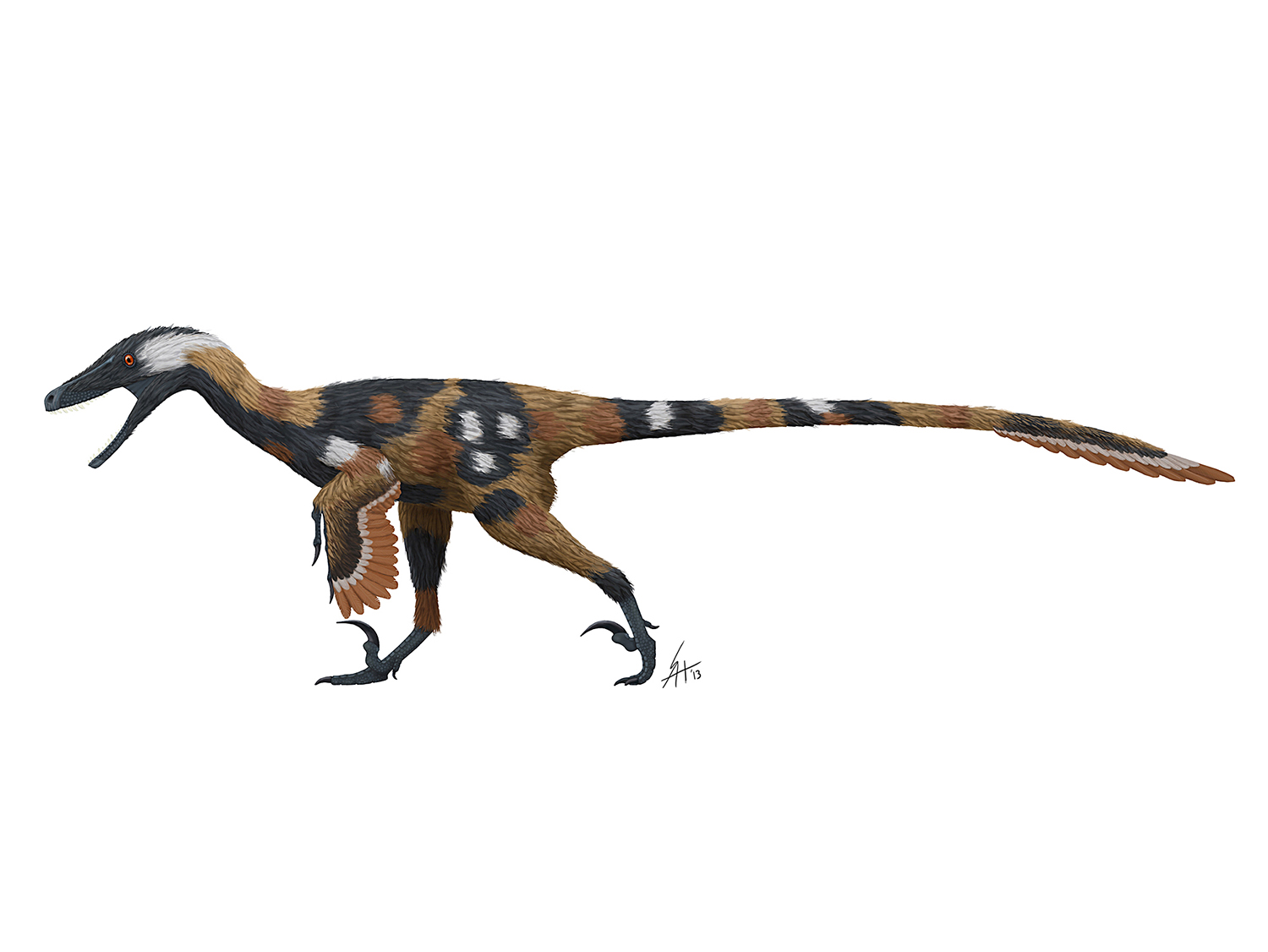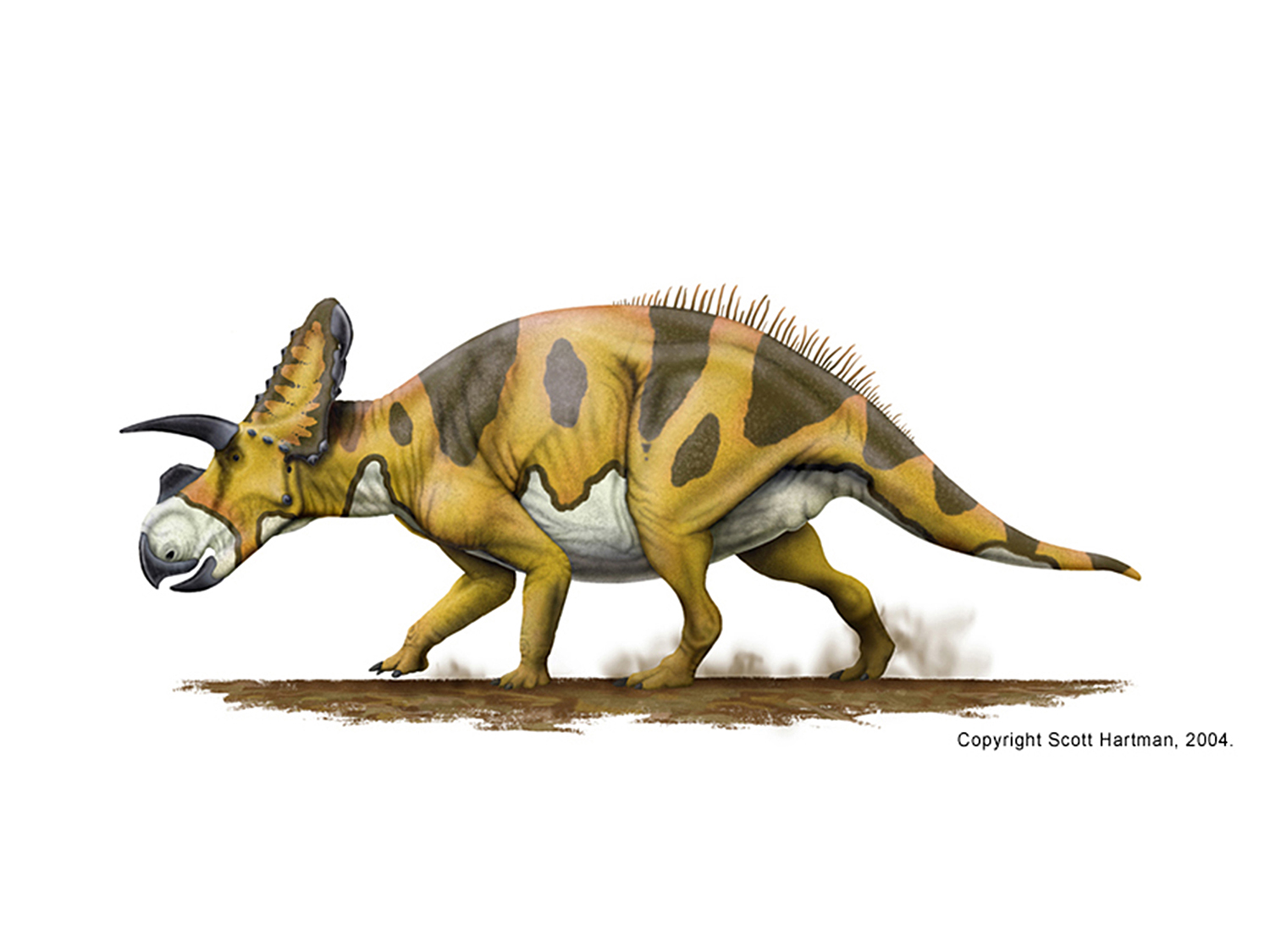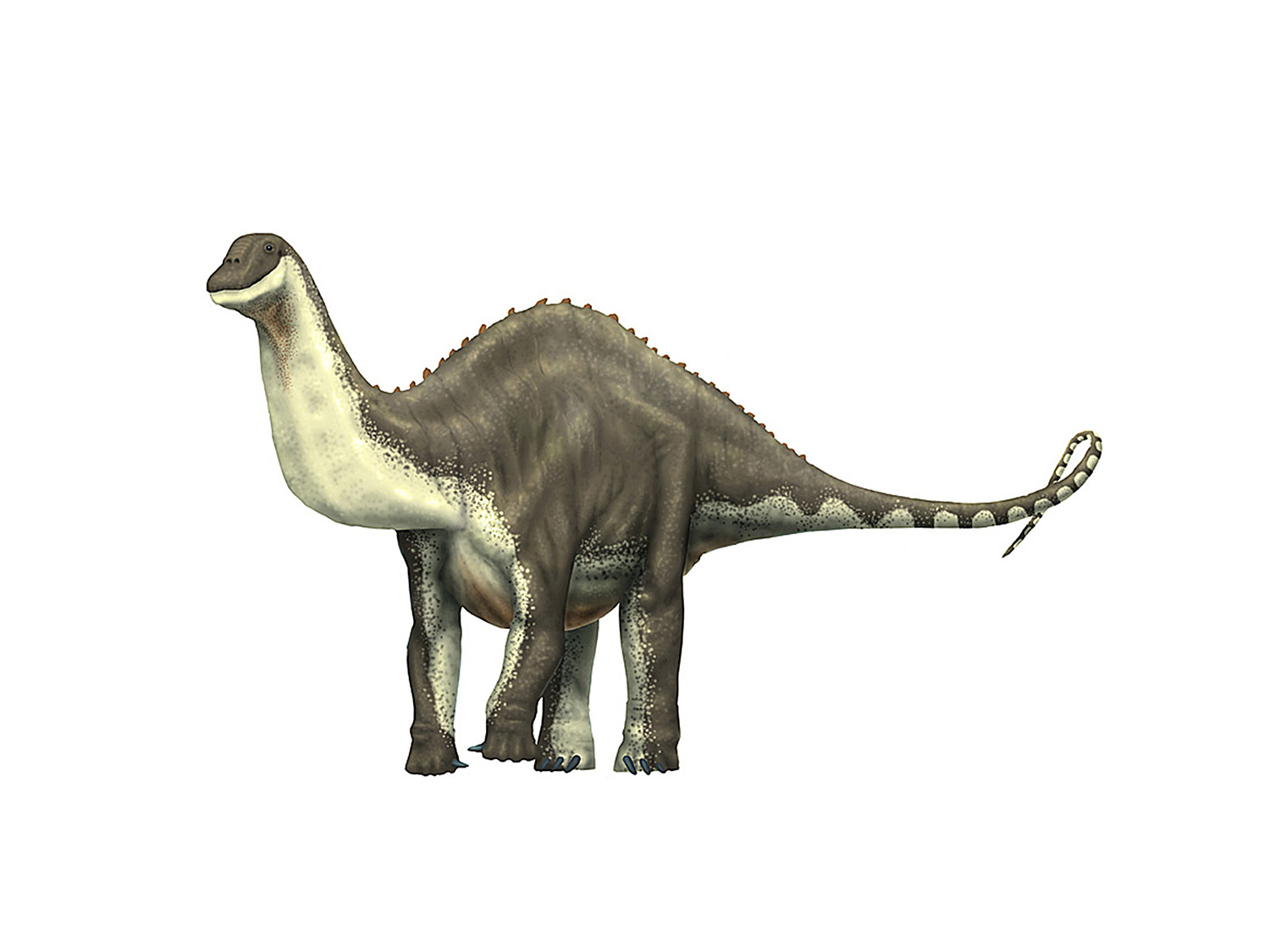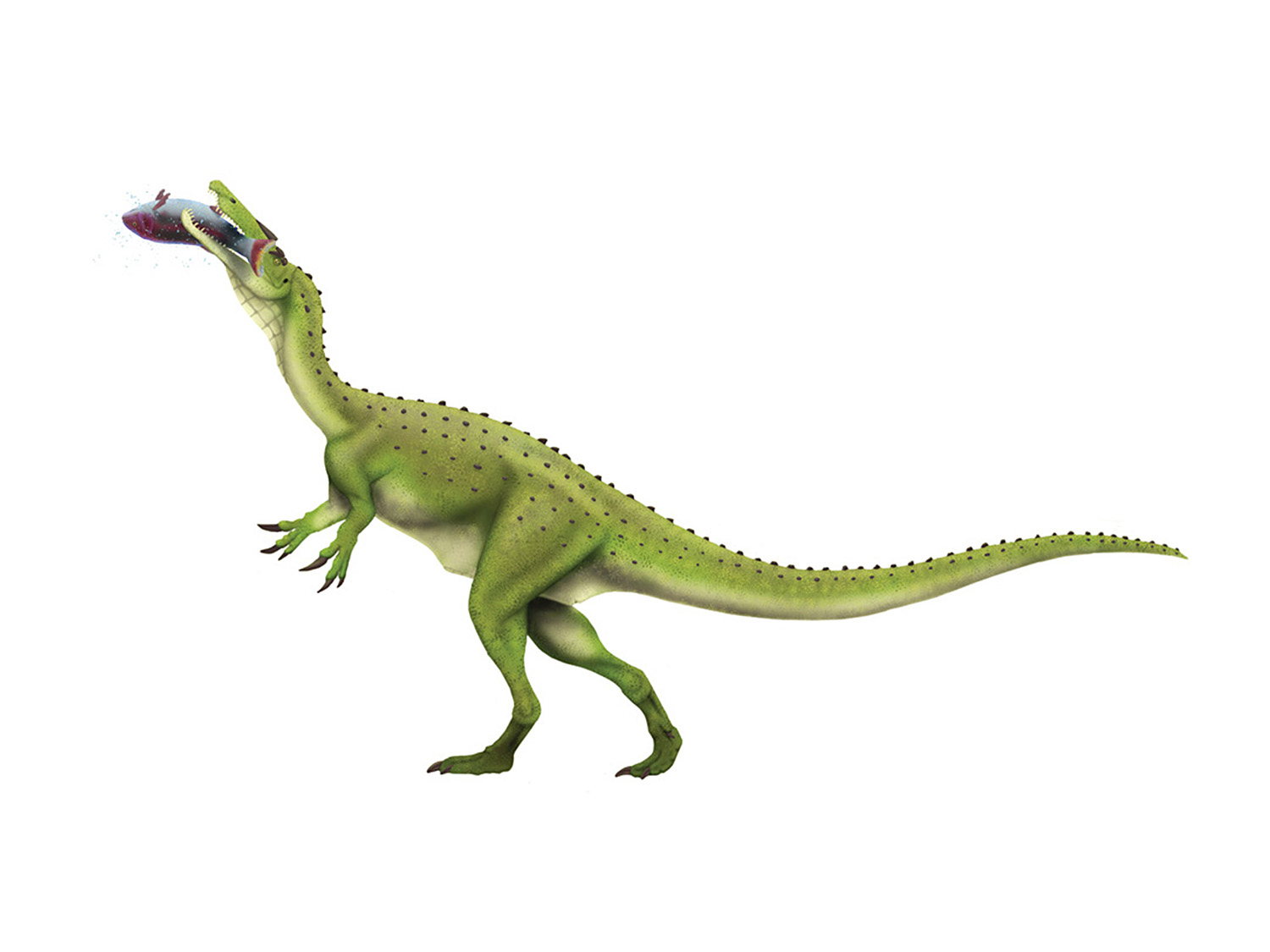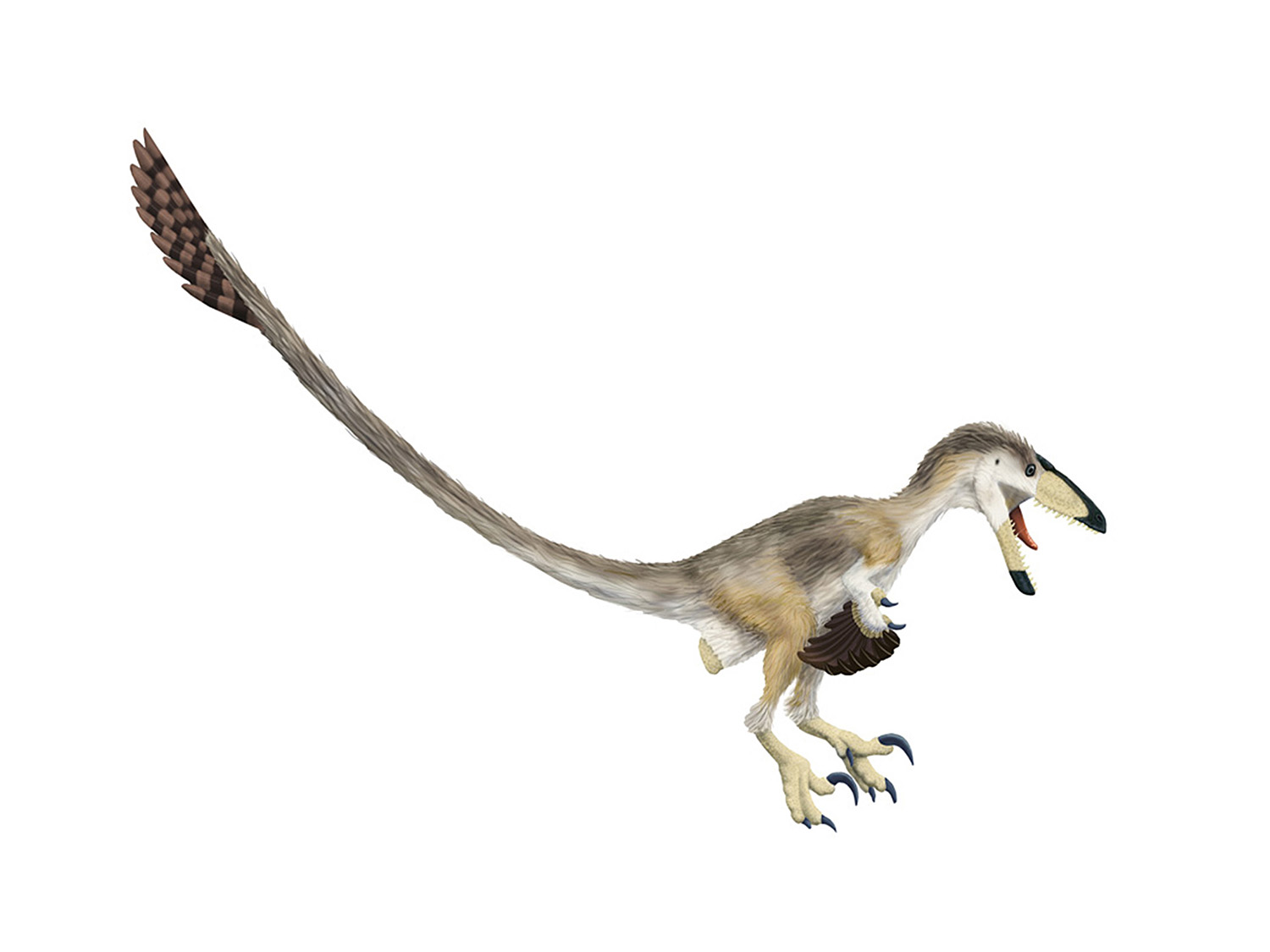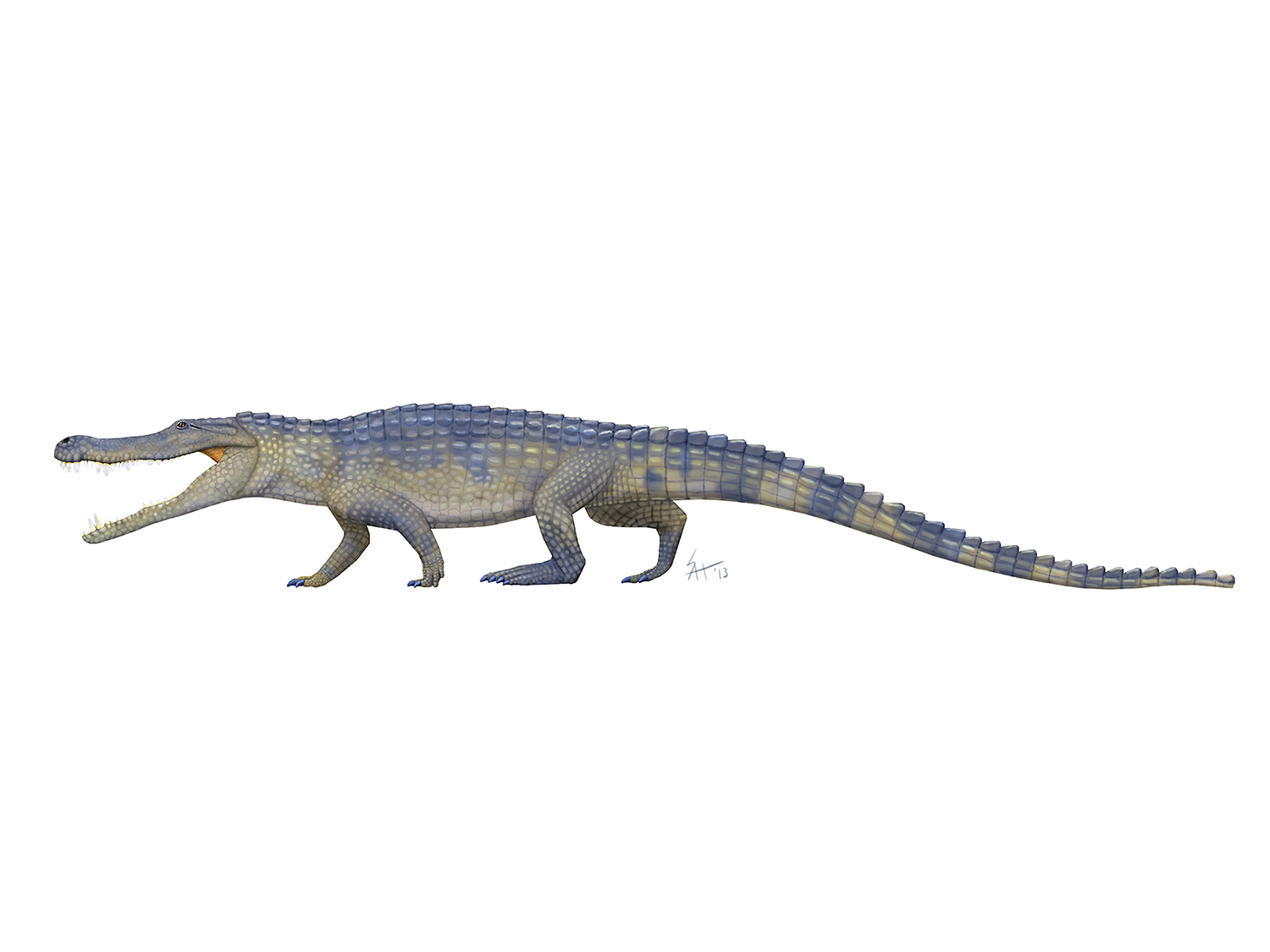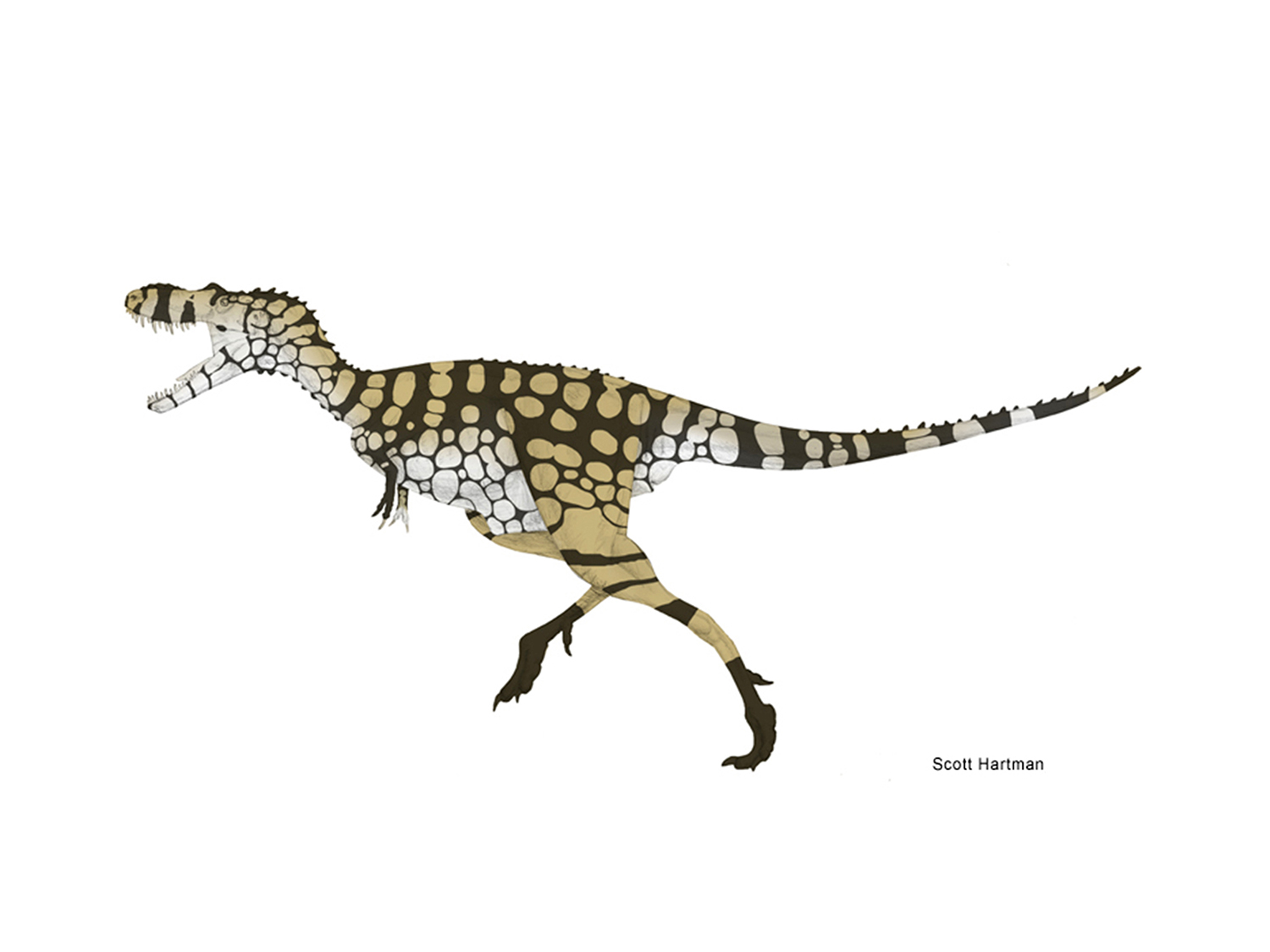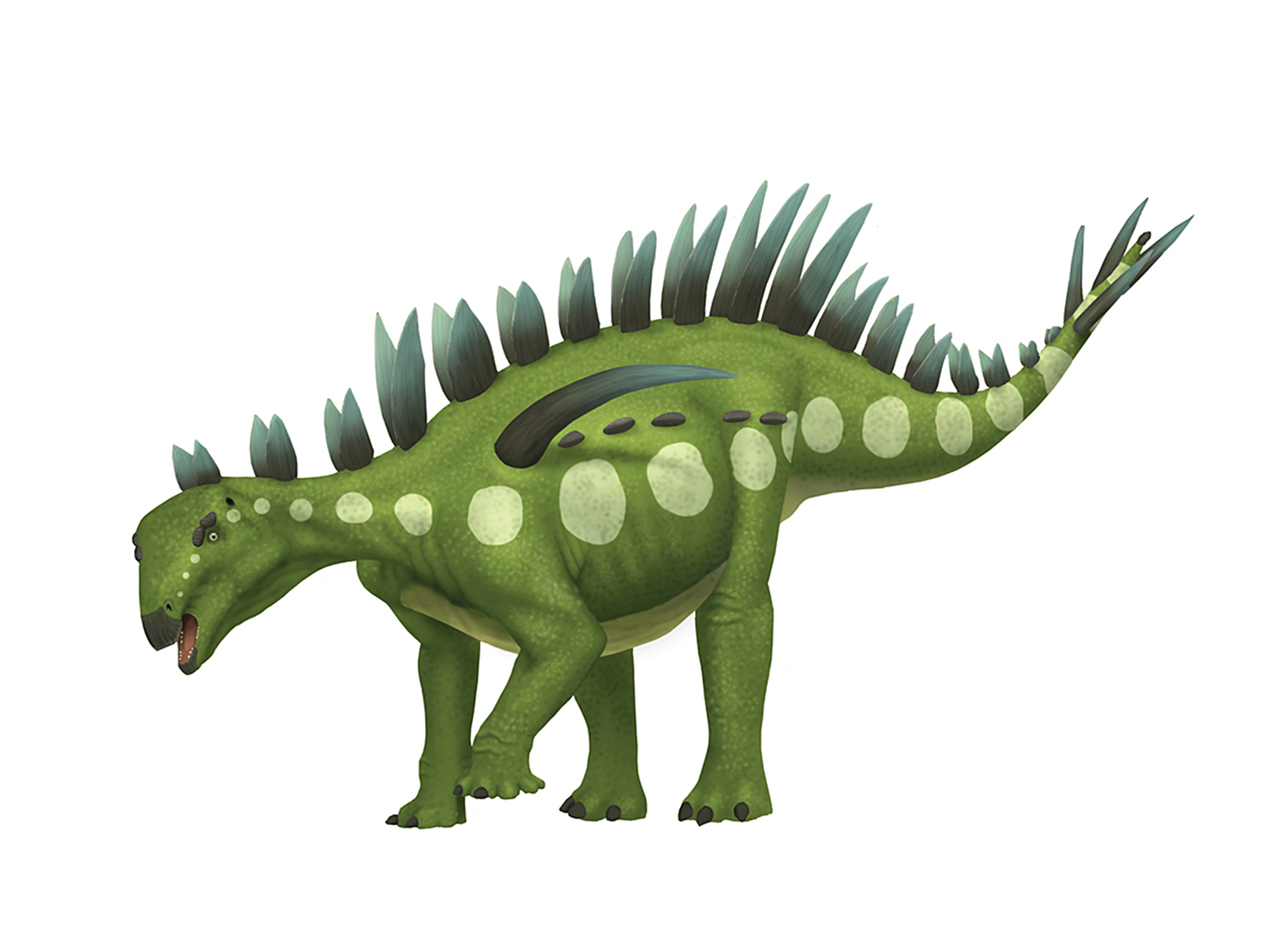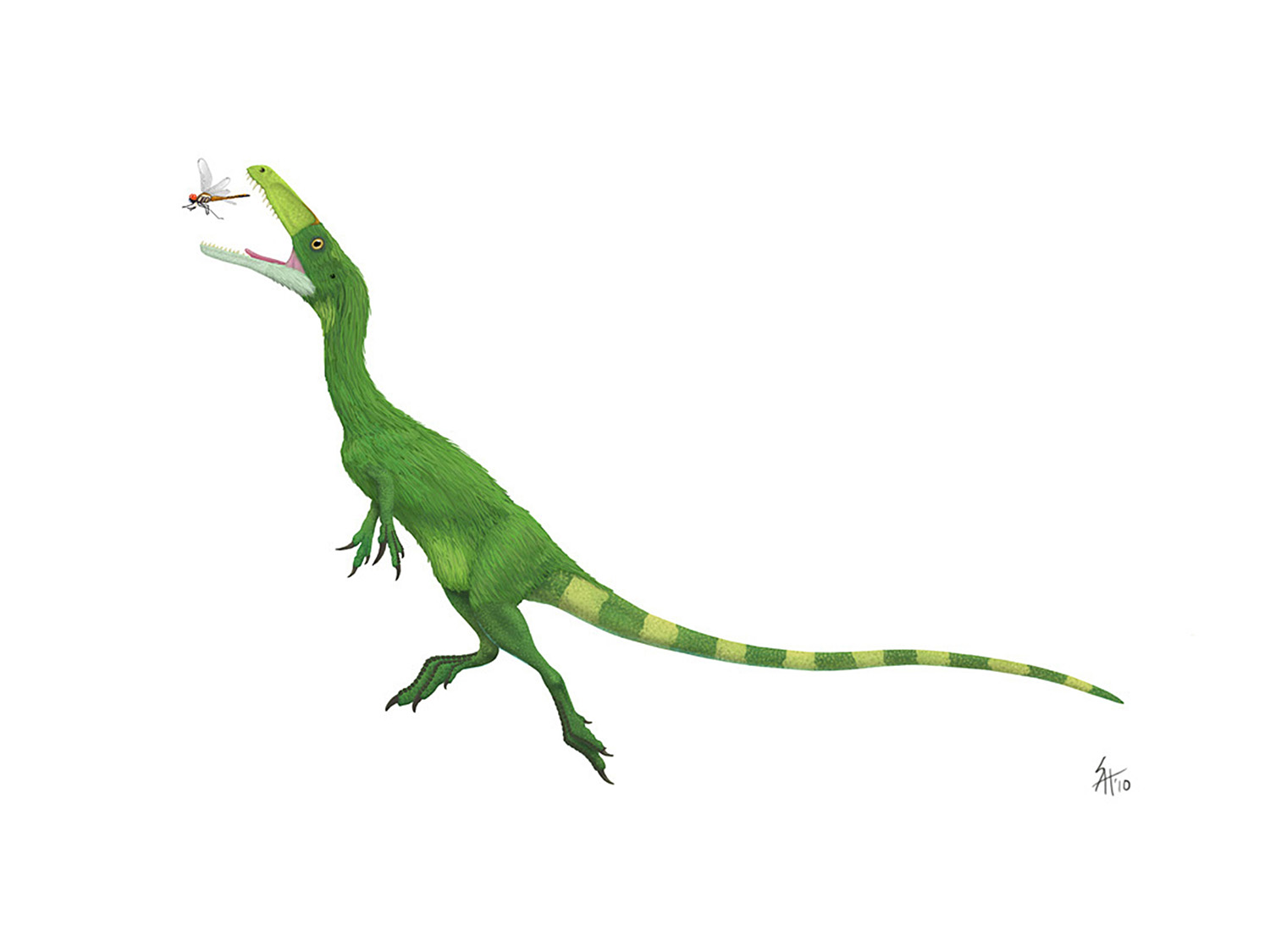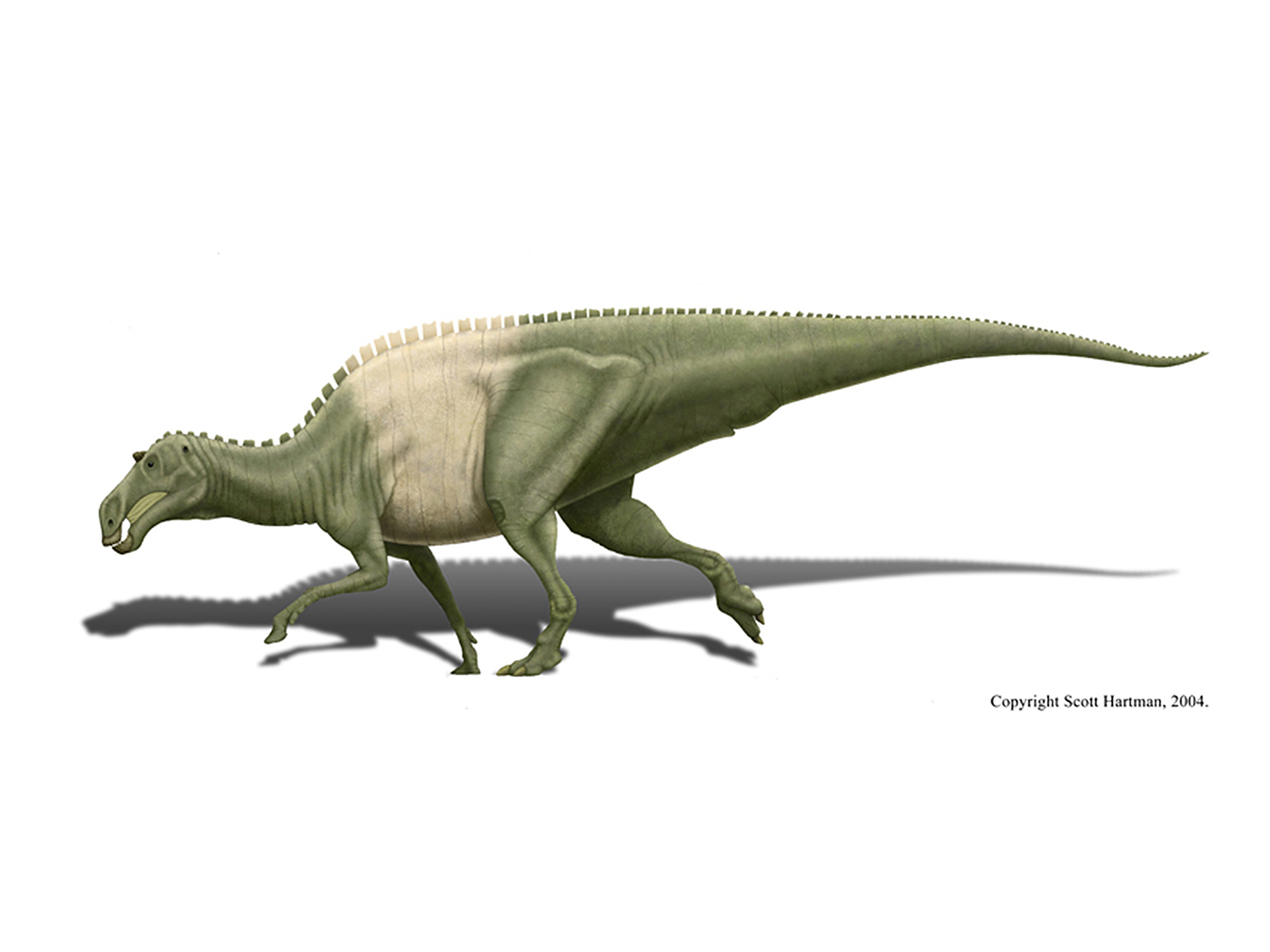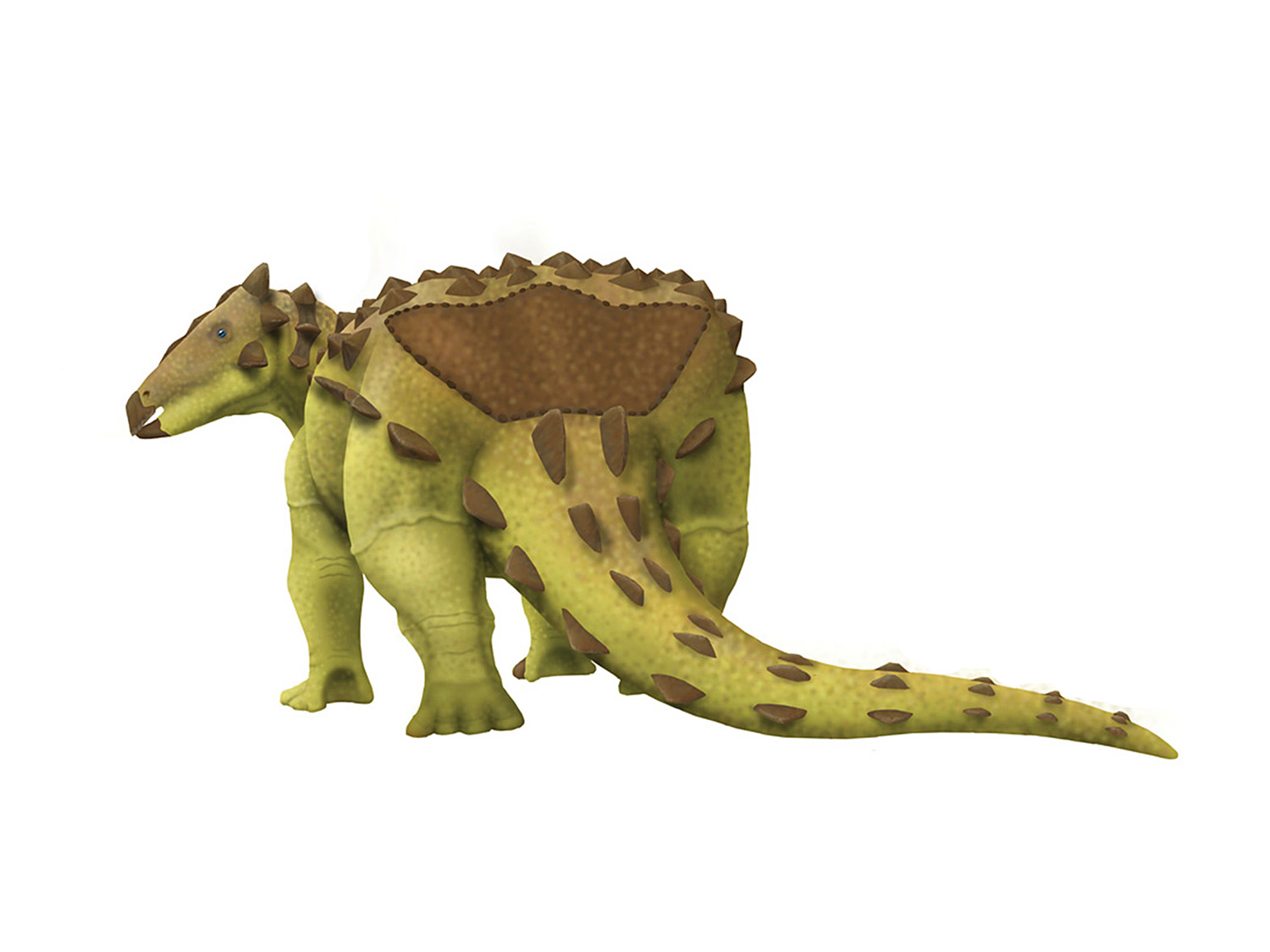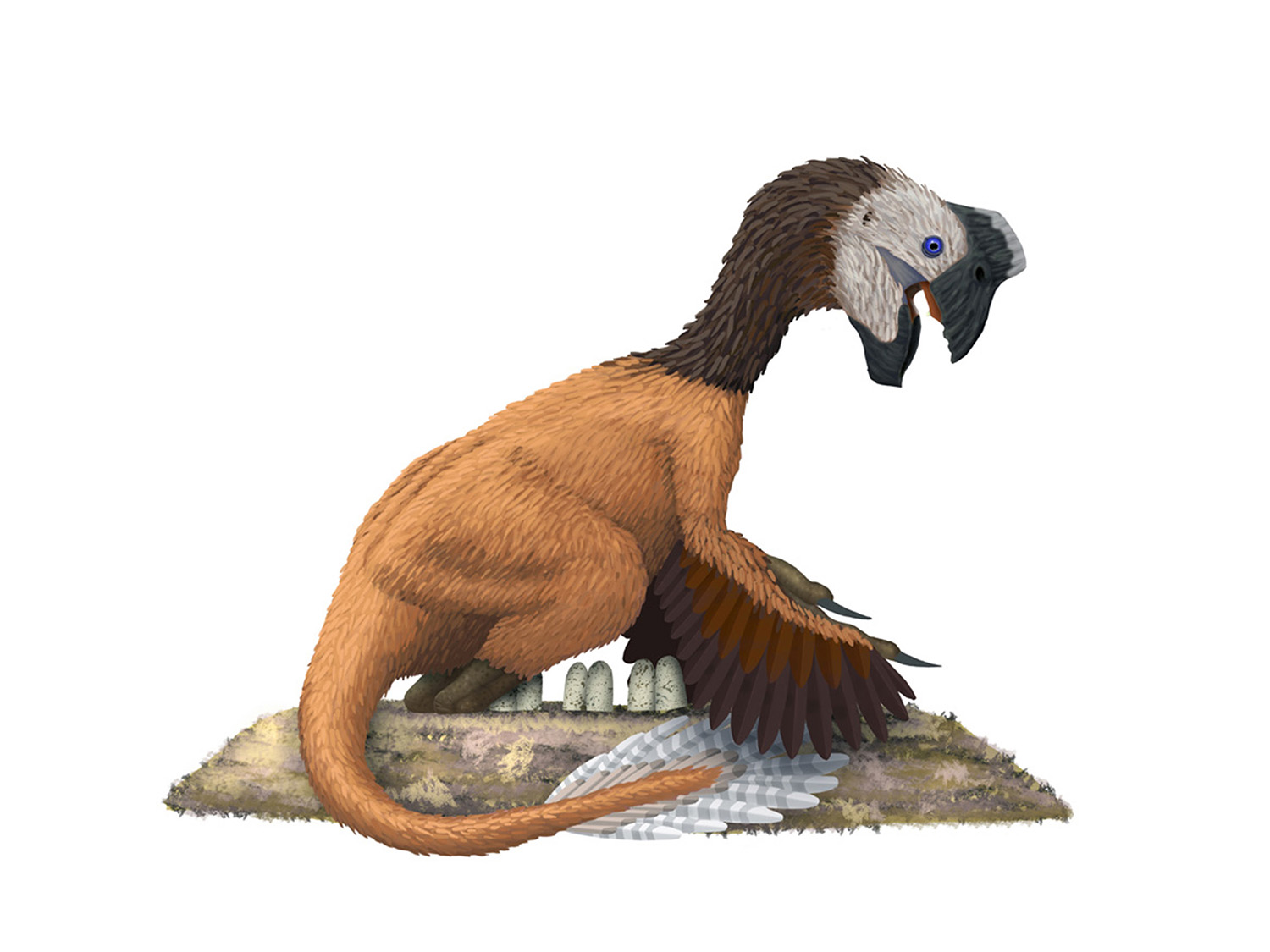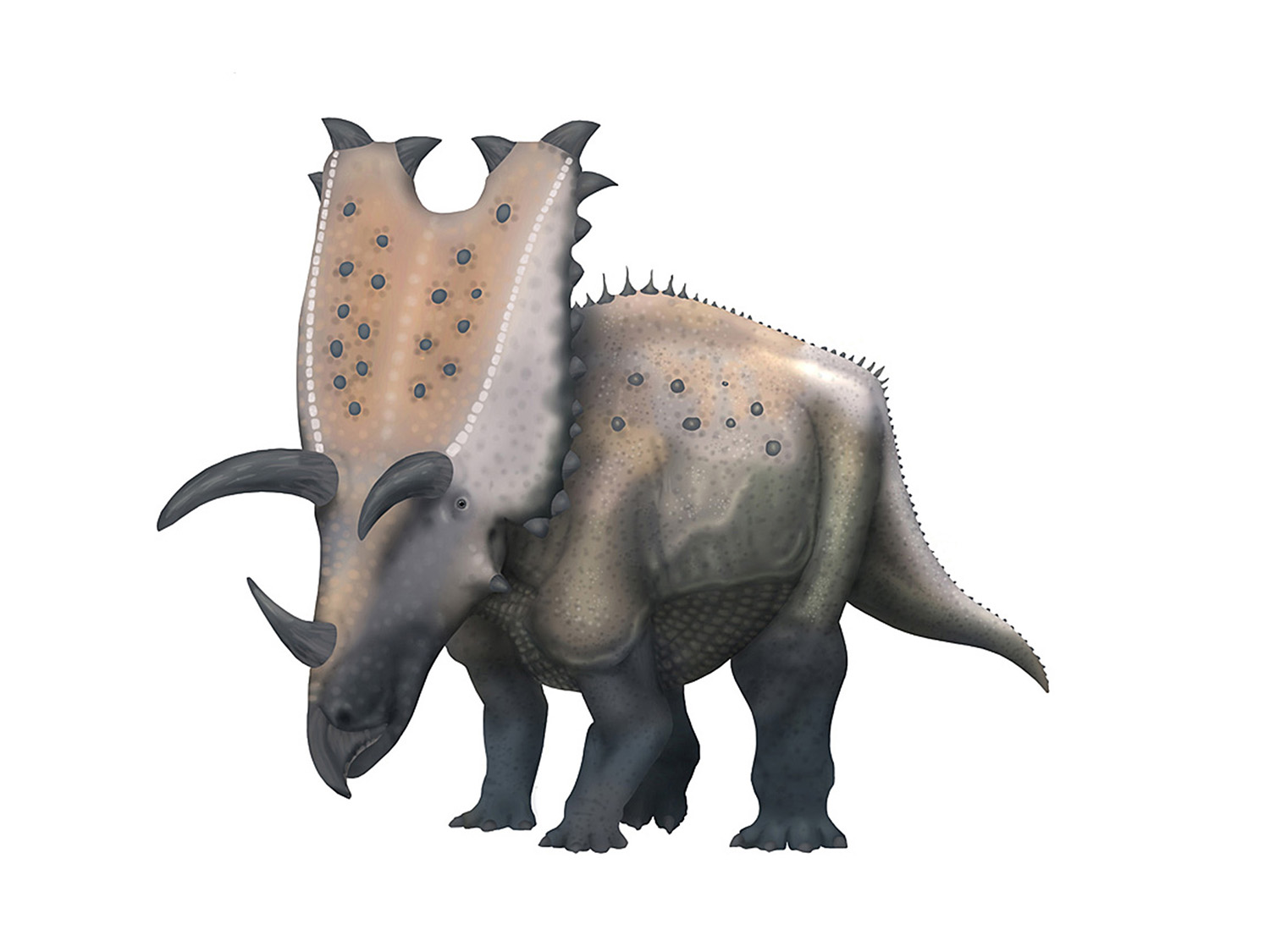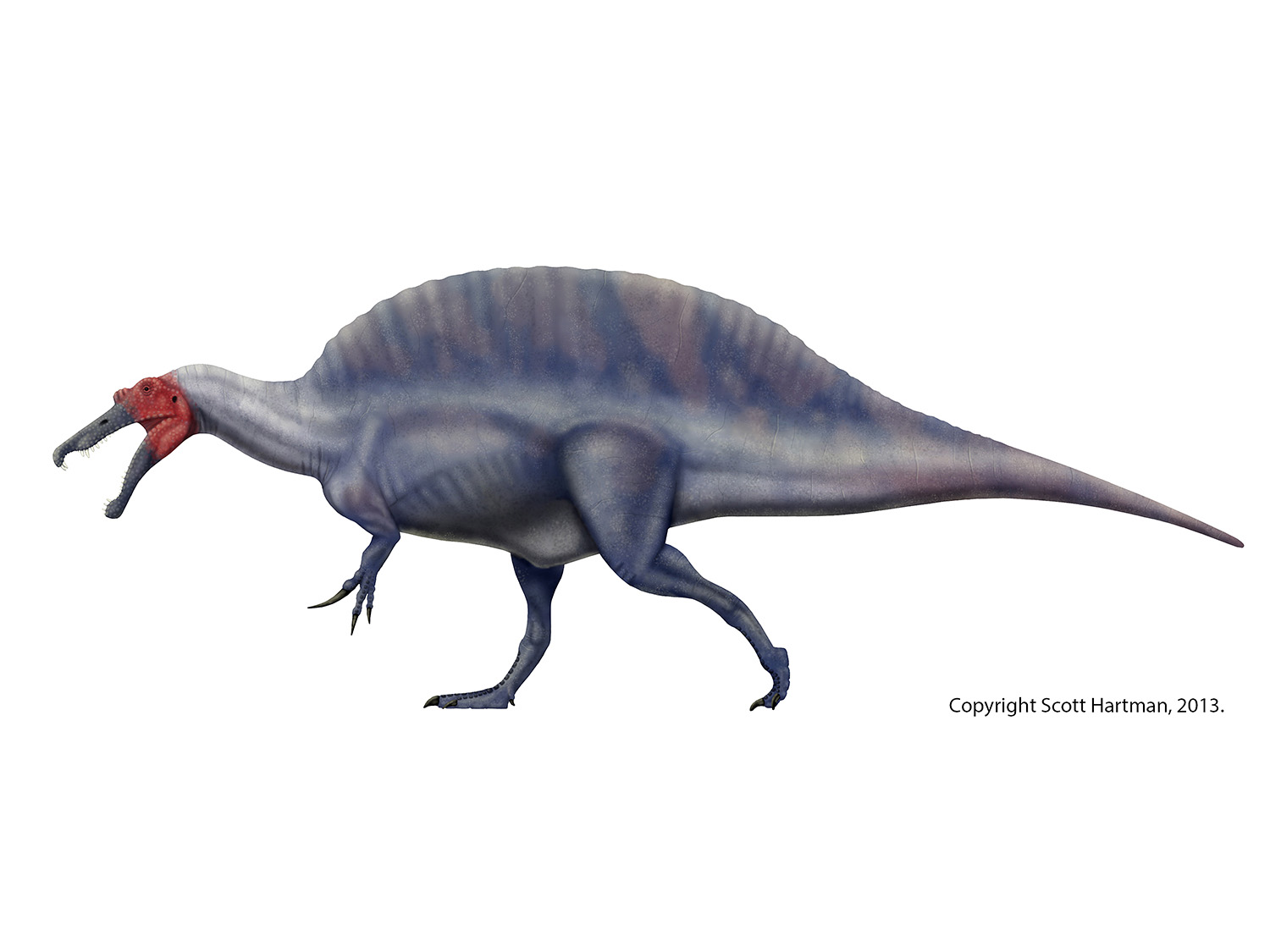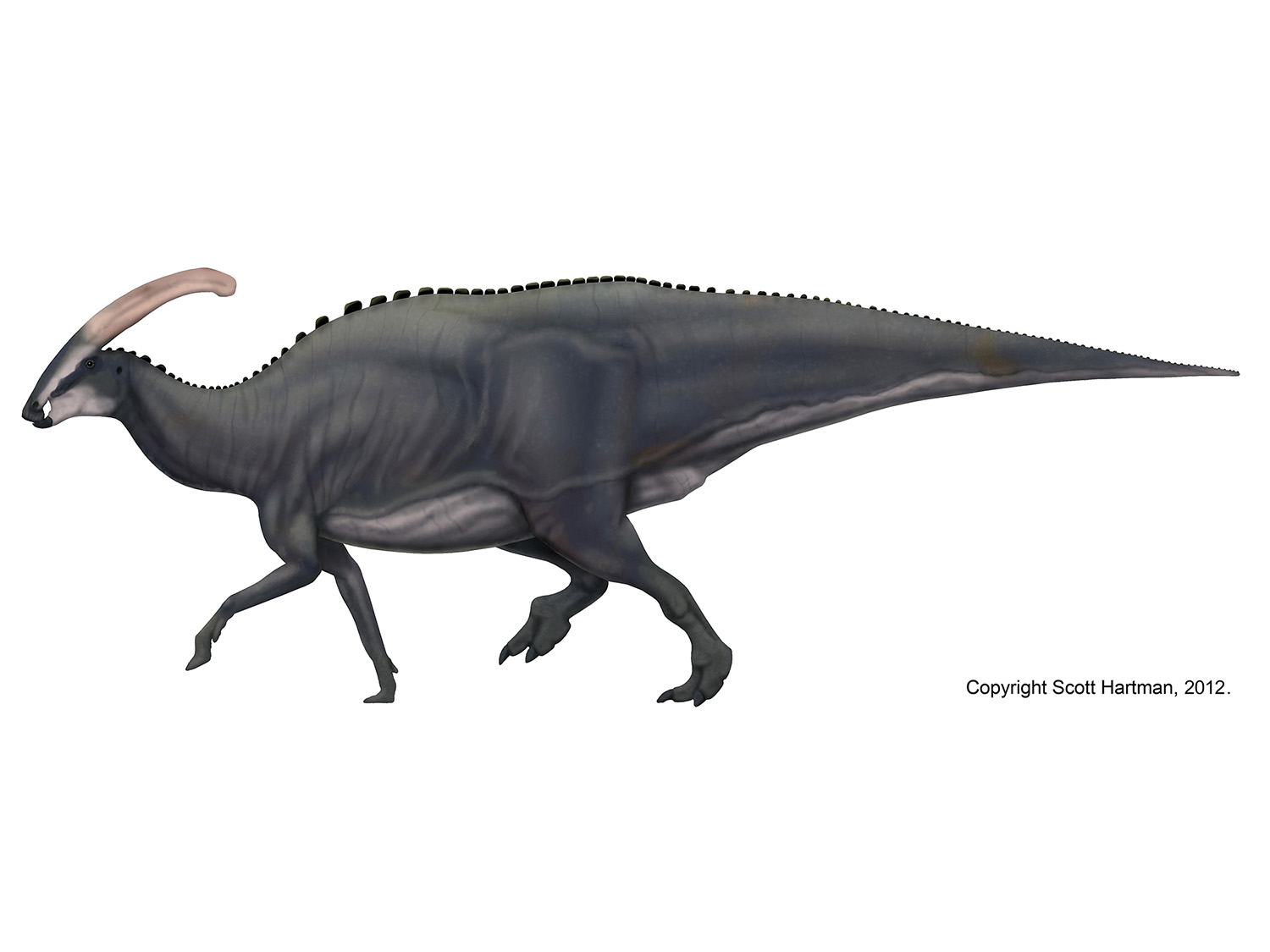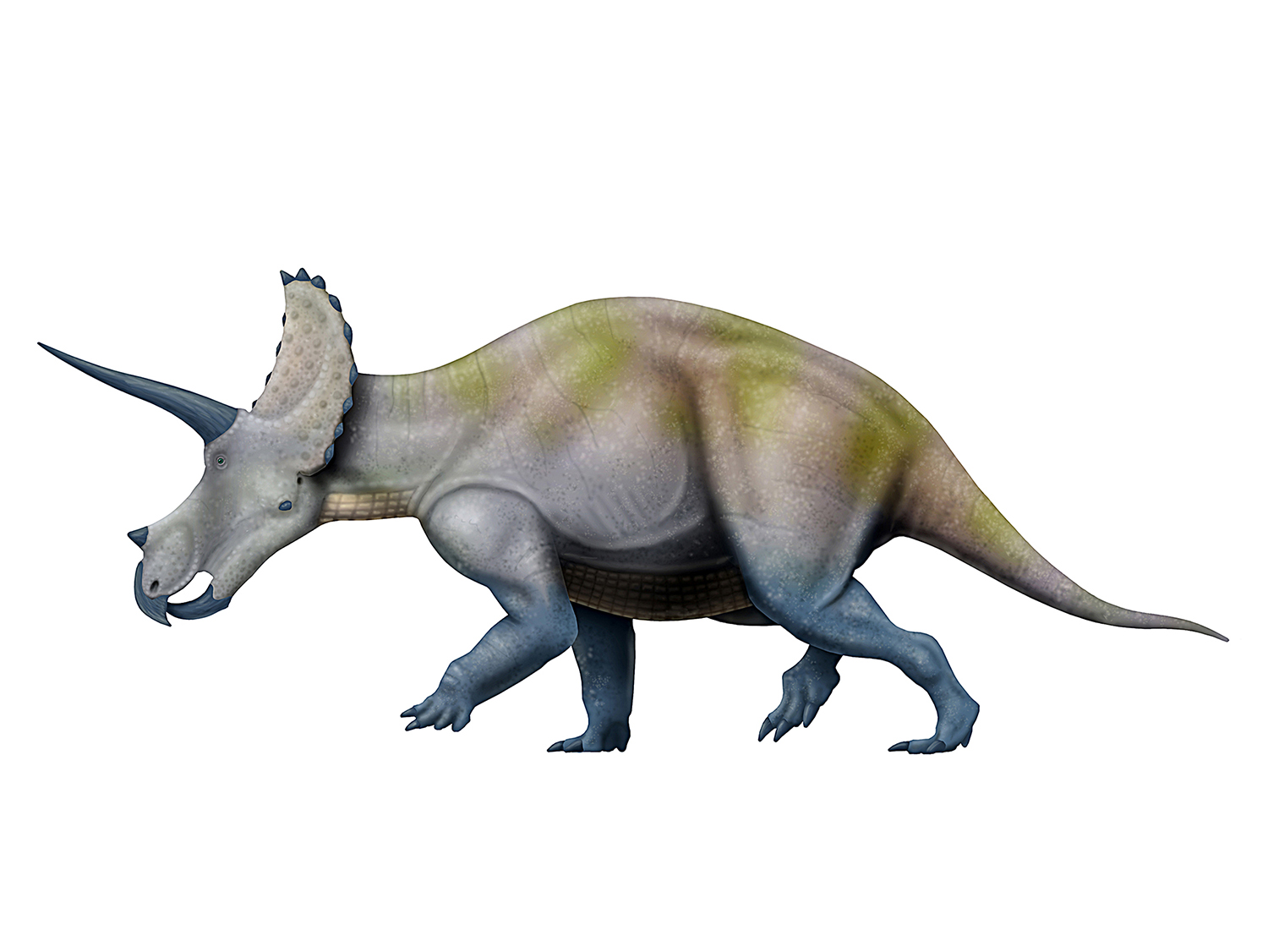Terrible Claw!
/I haven't been posting much lately, so I thought I'd at least put up this skeletal I finished over the weekend...
It's Deinonychus antirrhopus, the quintessential "bird-like" dinosaur that John Ostrom discovered in the 1960s. More than any other discovery. it is responsible for sparking the Dinosaur Renaissance of the 1960s and '70s. Bob Bakker's illustration of Deinonychus for Ostrom's monograph is probably the single most famous piece of paleo art ever produced (although it looks awfully cold in its featherless nudity!).

Deinonychus was my favorite dinosaur for a lengthy portion of my childhood, so it was a lot of fun working on this skeletal - the closest thing that technical illustration has to a stroll down memory lane (for me at least).
There are a couple of unpublished specimens floating around, but this skeletal is based almost entirely on the Yale Peabody Museum and AMNH specimens that compromised Ostrom's original papers. Happily there is enough overlap that I don't anticipate any large changes.
The two biggest questions I see are how retroverted the pubis is - I did not restore the pelvis with the more extreme Velociraptor-like backsweep seen in some reconstructions, but until an articulated pelvis is published we won't know the exact angle. Also, I'm not entirely sure whether the curve on the ventral margin of the jugal of YPM 5210 is natural, or due to being a bit squished.
Hopefully new specimens will clear those points up soon. The good news is those are fairly minor changes to make if necessary. In the mean time, I'm off to work on more skeletals, as well as preparing for my upcoming course on advanced creature design, which is now officially open to registration.















